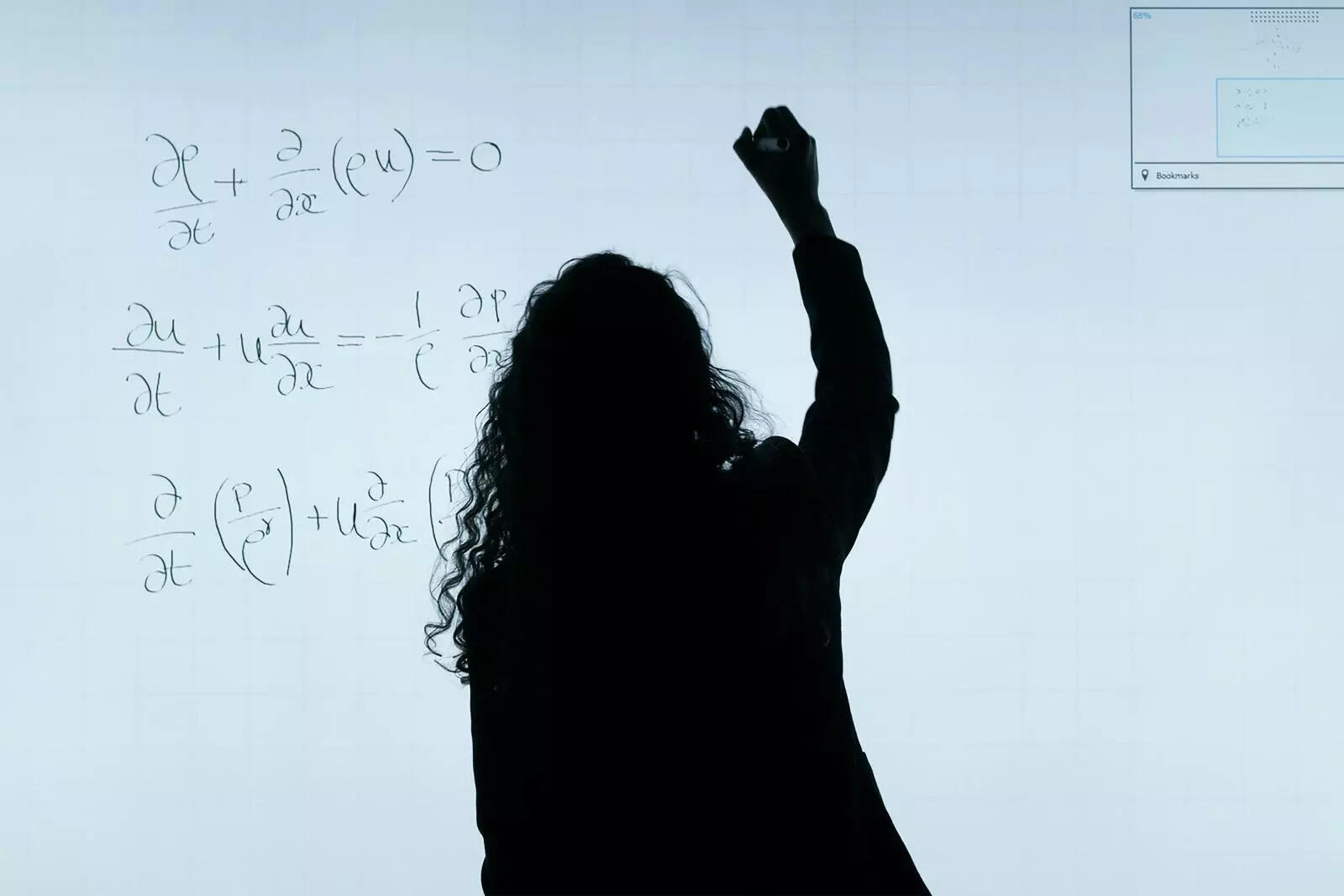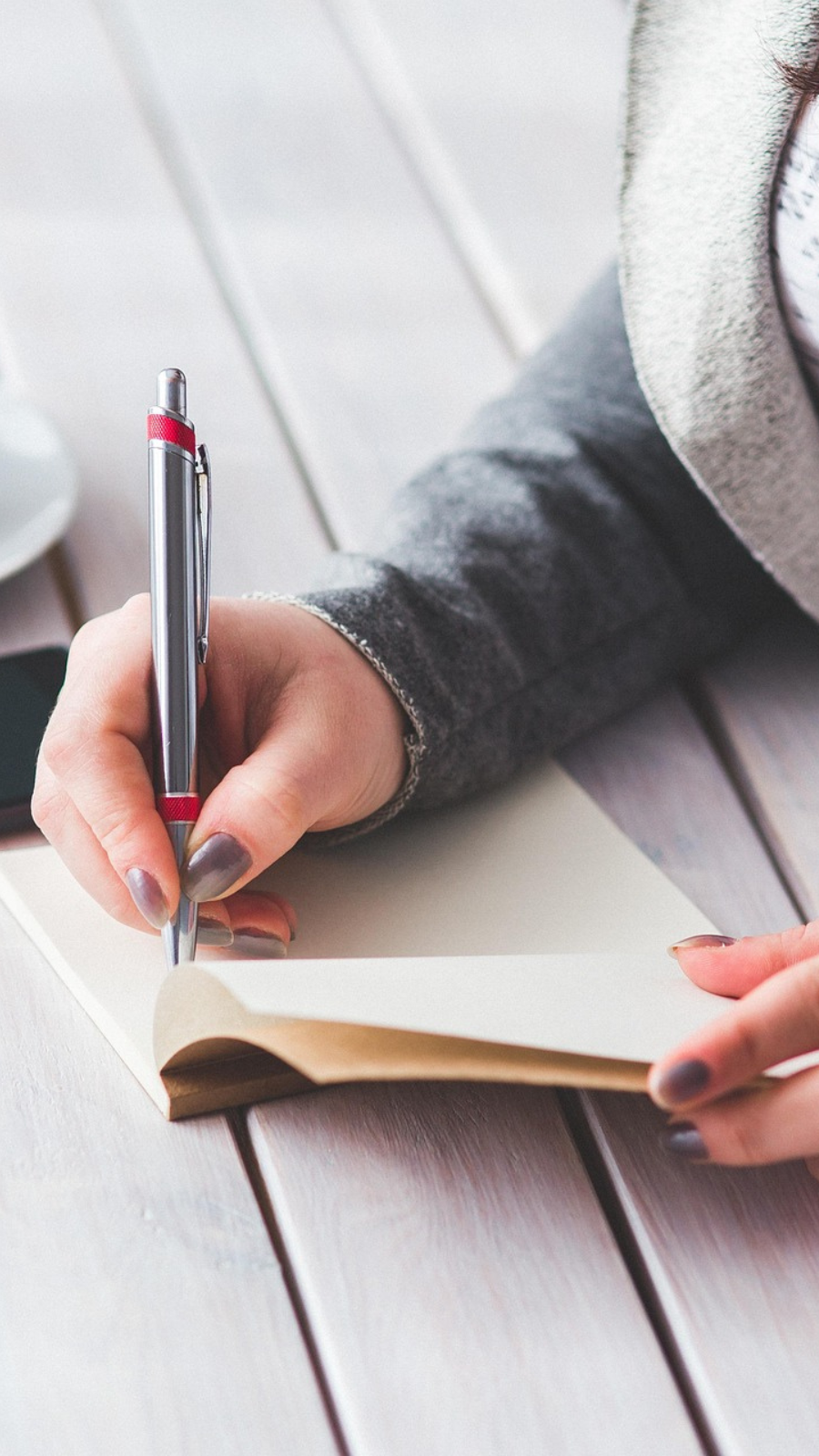ARTICLE AD BOX

Here are 7 things top students do in just one hour that sets them apart
Top students or high-achievers don't necessarily study for longer, they study smarter. It is common to equate success with marathon study sessions but research increasingly shows that quality trumps quantity hence, even a single hour of smart, strategic learning can perform better than longer, unfocused study blocks.
High-performers frequently report that that consistent hour made the difference where no late-night cramming was required.It has been demonstrated by cognitive science and educational psychology research that even a single concentrated hour, using techniques that are supported by evidence, can significantly improve learning and retention. This “power hour” harnesses what cognitive science teaches: meaningful, effortful retrieval beats passive reading; spacing beats cramming; varied practice strengthens adaptability and structured focus beats overload.
Efficient learning, long-term retention and deep encoding in a short amount of time all are achievable with “little but mighty” study habits that help students sustain performance over months, not just days.Many top students are not working harder, they are working smarter by compressing incredibly effective study strategies into just one hour a day. When this time is spent deliberately, backed by research-driven methods, it leads to outsized gains in performance, confidence and long-term mastery. So, in that one hour, what exactly do top students do that sets them apart?
Before beginning, they clearly define their goals
Top students begin their hour by defining precisely what they hope to accomplish, rather than opening a textbook without direction. The goal-setting theory research conducted by Locke and Latham (2002) found that compared to vague intentions, setting specific, challenging and relevant goals significantly improves performance.
High-achievers know this. They intend to "complete five practice problems on trigonometry identities and correct mistakes," not just "study math." This short but powerful mental preparation gives the hour direction and reduces procrastination.
The key is clarity. The researchers noted that goal-setting is perhaps the most robust and replicable effect in the psychology of performance.
Self-testing and active recall are used by them

Active recall changes how you learn. Making self-quizzes saves time and boosts confidence. (Image: Pexels)
Notes are not re-read incessantly by top students. Instead, they close the book and try to recall information from memory — a strategy called active recall. Students who practiced retrieval (through self-testing) scored 50% higher on subsequent tests than those who studied by rereading material, according to Make It Stick: The Science of Successful Learning, a landmark 2011 study by Karpicke and Blunt. This method strengthens memory and reveals what you truly know (and don’t). This might look like:
- Flashcards
- Jotting down everything you remember about a subject
- Explaining a concept aloud as if teaching it
It is more difficult than passive reading but that is precisely why it works. The authors claimed that learning is deeper and more durable when it is effortful. Learning that is easy is like writing in sand, here today and gone tomorrow.
They space out their learning
Instead of cramming, top students use spaced practice where they revisit topics at intervals over time. It is one of the most effective learning strategies, yet it is underutilised.
Research by Cepeda et al. (2006) found that spacing out review sessions leads to significantly better long-term retention compared to massed (crammed) study. Even within a single hour, high-performing students might review a previously studied concept for a few minutes, reinforcing knowledge while keeping the brain actively engaged.
This combats the “forgetting curve” and allows knowledge to be consolidated in long-term memory. Dunlosky et al. noted in Psychological Science in the Public Interest, 2013, “Distributed practice is one of the most reliable findings in cognitive psychology… yet many students remain unaware of its benefits.”
They mix up what they study (interleaving)
Interleaving, or combining a variety of problems or subjects into a single session, is another strategy utilised by top students. They might alternate between algebra, geometry and calculus instead of solving ten algebra questions in a row. This improves the brain’s ability to distinguish between problem types and apply the right strategy. According to a 2011 research published in Applied Cognitive Psychology, students who used interleaved math problems outperformed those who used blocked practice on final assessments by 43%.
Flexibility and greater comprehension are facilitated by interleaving method that encourages comparison, improving the ability to choose the right strategy.
They eliminate all distractions actively

Focus Tricks Every Top Student Swears By!
A quiet hour of deep work is worth three distracted hours. Top students do not multitask while their phones are ringing nearby. Before beginning, they intentionally remove all distractions. A 2009 study at Stanford University found that multitaskers performed worse on memory tasks and were more easily distracted than those who focused on one task at a time.
Recent research has shown that even having a smartphone face down on the table can reduce cognitive capacity.
Top students engage in focused work, silence devices and establish clear boundaries. They make that one hour sacred.
They reflect on what they’ve learned
At the end of the session, top performers don’t just shut their books and move on. They reflect and think about what they truly understood, what requires more work and how the lessons they learnt that day relate to the bigger picture.
Educational psychologist John Dewey wrote, “We do not learn from experience… we learn from reflecting on experience.” Reflection deepens learning by prompting metacognition—thinking about your own thinking.
Students gain a better understanding of key concepts, correct misconceptions and identify gaps through this habit.
They study mistakes, not avoid them
High-performing students embrace errors as learning opportunities. They don't rush to fix something and move on when they make a mistake. They analyze it. According to Metcalfe (2017), research indicates that studying incorrect responses, particularly in conjunction with feedback, can result in stronger encoding than getting it right the first time. This is due to the fact that confronting confusion triggers more advanced learning mechanisms. Top students take a few minutes during their study hour to review:
- What went wrong
- Why it happened
- How to avoid repeating it
They review their "error log" on a regular basis to ensure that they truly learn from their mistakes.
They place a high value on rest and mental renewal
Ironically, some of the most important things top students do lies outside that one hour. They understand that the brain is not a machine. It needs breaks, sleep and time to process. Mental rest is essential for memory consolidation and emotional regulation, according to a 2022 Nature Reviews Neuroscience study. Particularly during sleep, neural connections made during study are strengthened. Top students avoid burnout by working with their brain, not against it. That means:
- Taking infrequent breaks during prolonged sessions
- Sleeping soundly
- Consuming healthy food
- Getting your body moving
All of these enhance brain function and make that one focused hour more impactful. You don't have to study for five hours every night to succeed. In fact, doing so without strategy can lead to fatigue, frustration and little improvement. The best students demonstrate to us that concentrated effort over many hours can perform better than scattered effort in a single hour. It is not the length of time. It is the method and the best methods are already in your hands.



.png)
.png)
.png)
















 1 hour ago
3
1 hour ago
3









 English (US) ·
English (US) ·